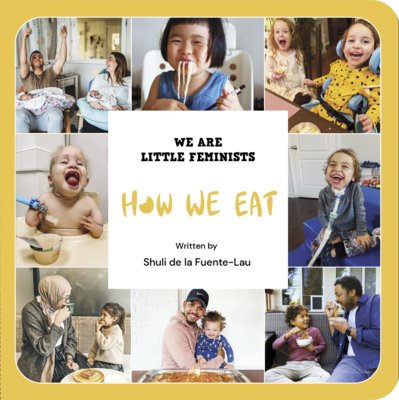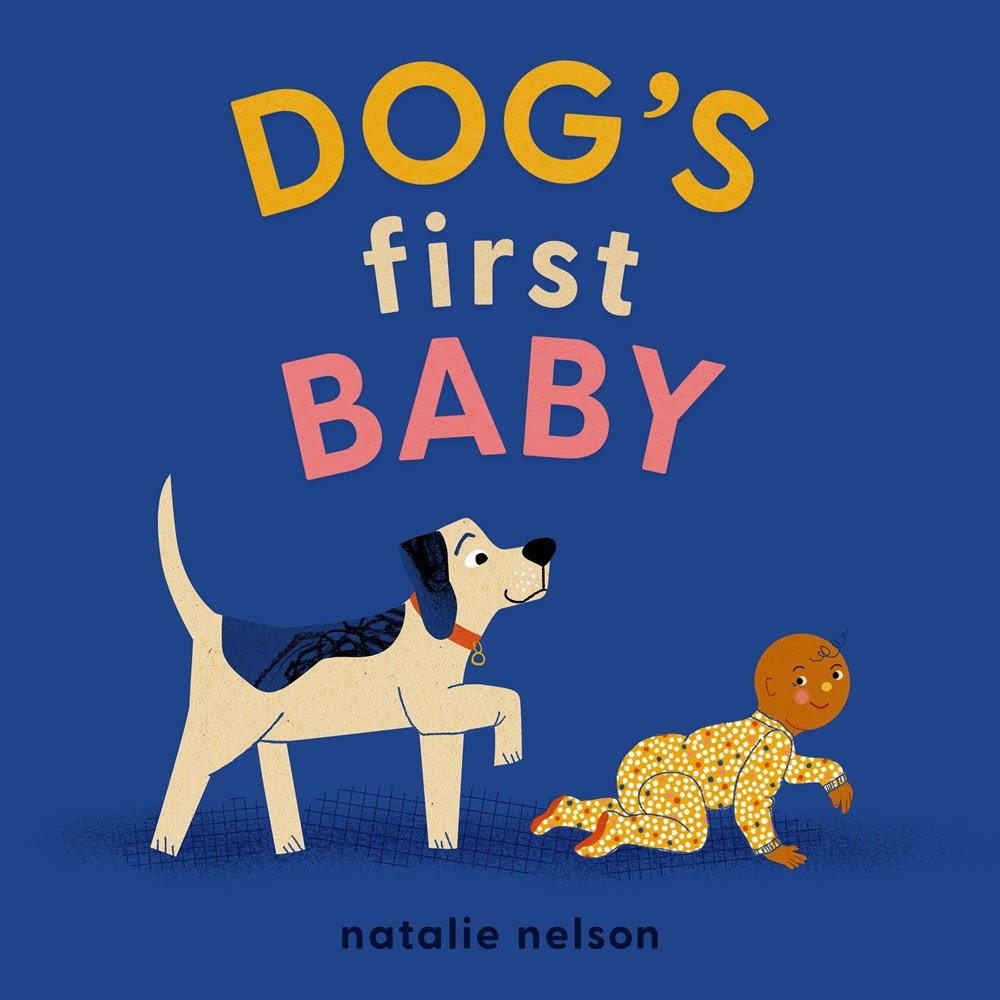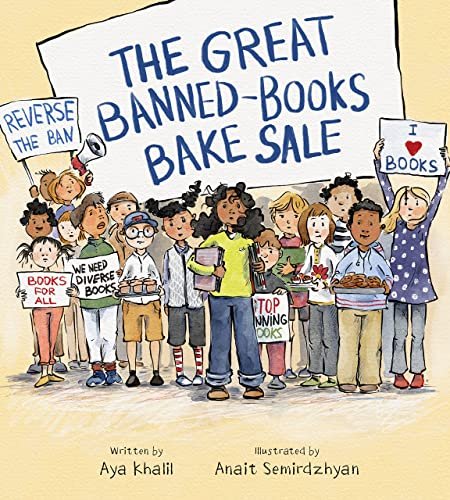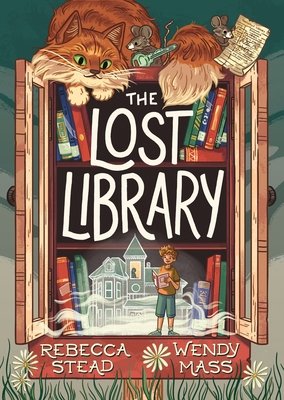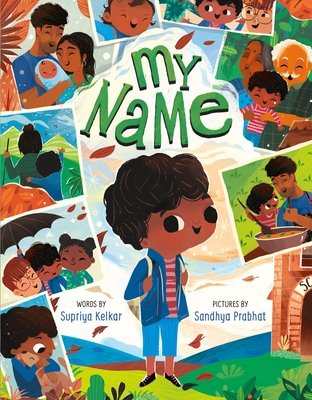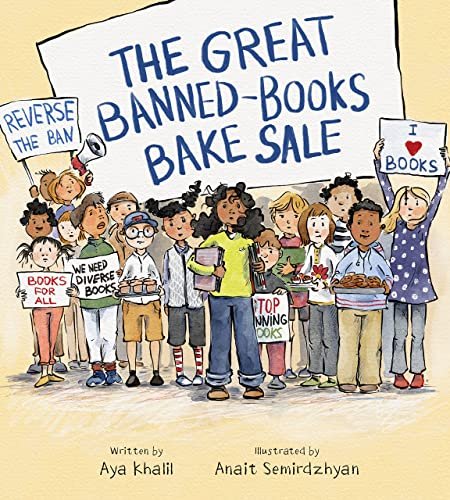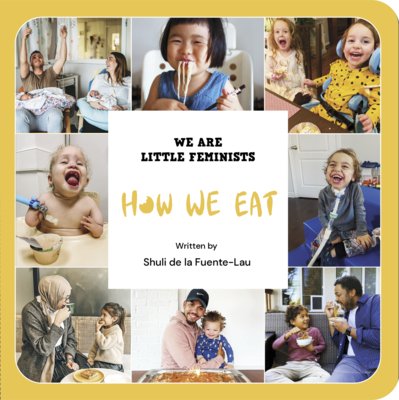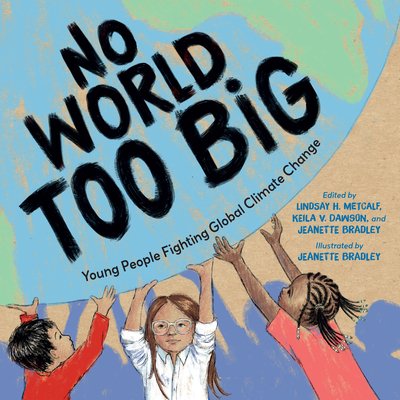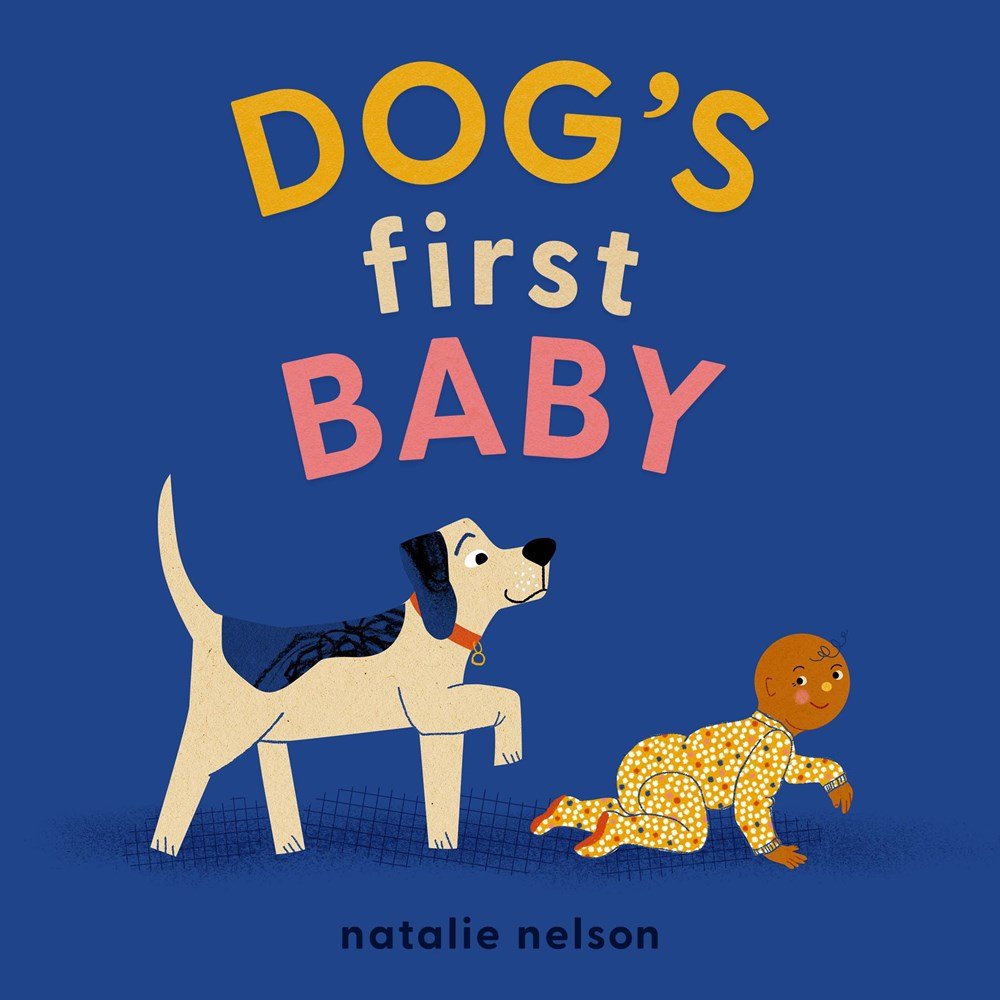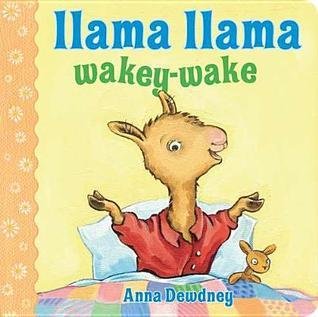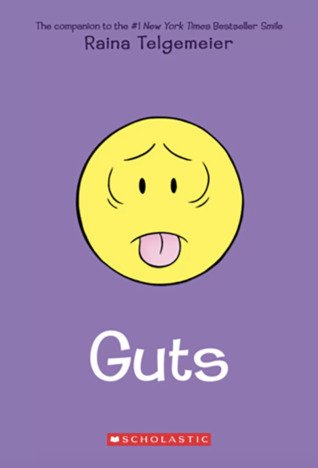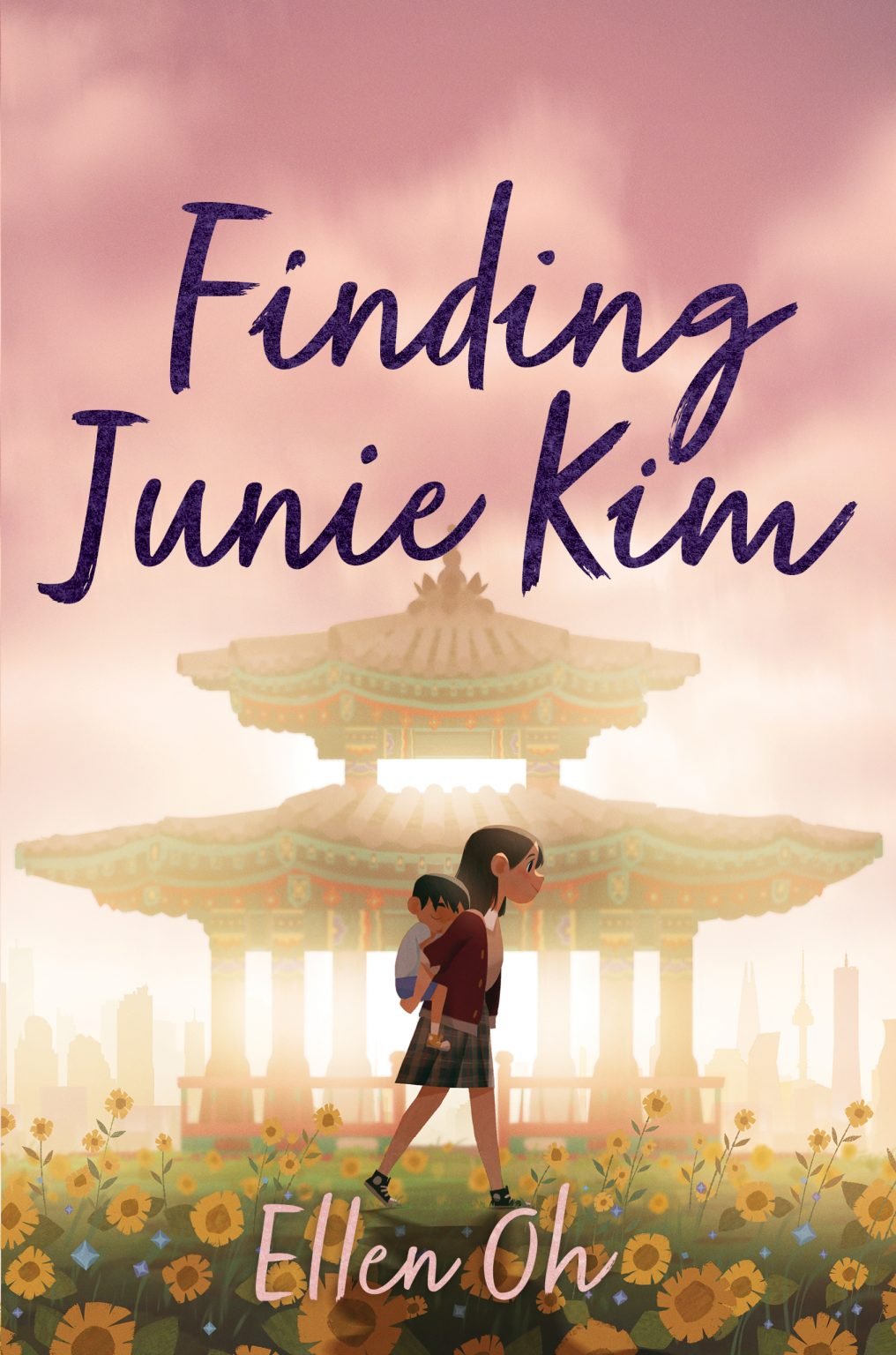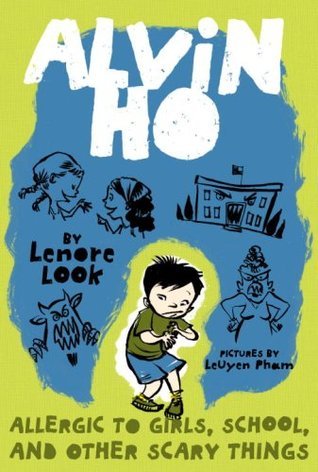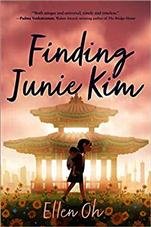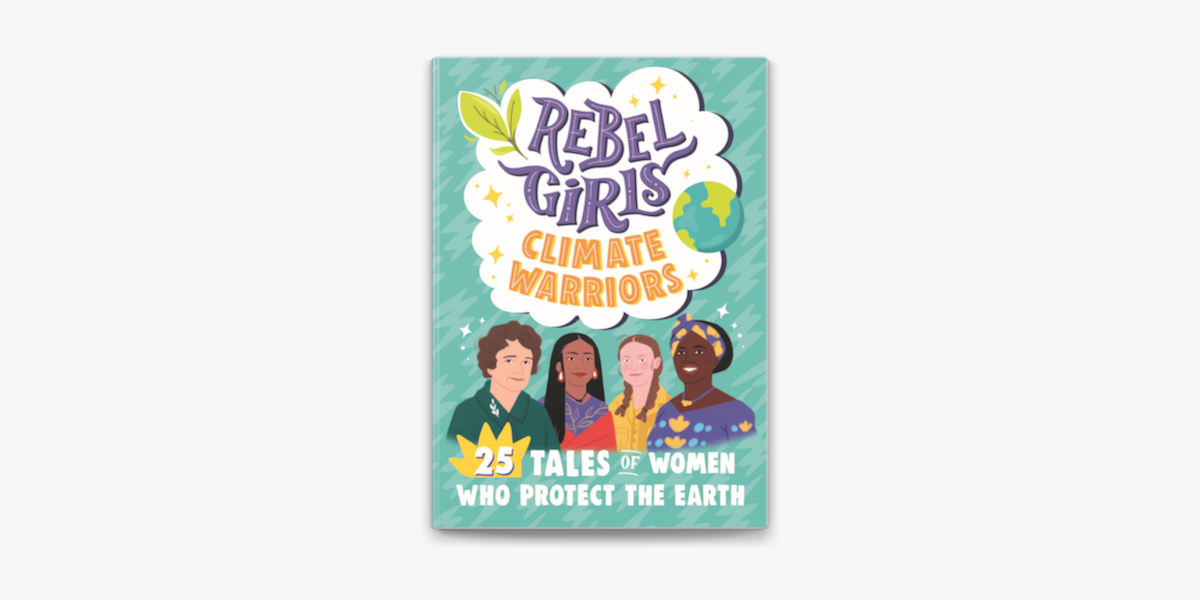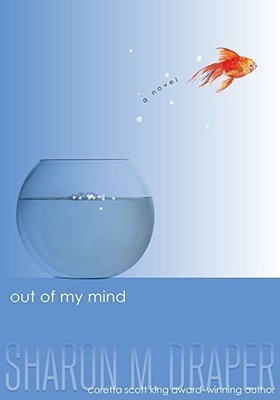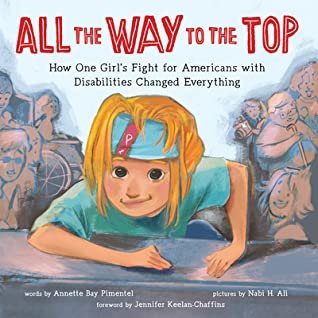Filipino American History Month
I couldn’t resist writing about Filipino American History Month as I have SO MANY great books to recommend.
Before you start reading all of the books, however, don’t forget to look at a map! First, make sure students know where the Philippines are (and clarify the spelling of the Philippines and Filipino), but also look at some maps like this showing where the largest Filipino populations are in the United States. You can also talk about migration generally and ask students what they notice or might theorize from these maps.
Make sure you explain what the month actually is or ask students to share what they know or have experienced: Filipino American history month.
Some other great videos:
Why Is It Called Filipino American HISTORY Month?
Celebrating Filipino American History Month with unique flavors
Books!:
I am a huge Erin Entrada fan! Gabby and I read Hello Universe to our 3rd graders and it was such an amazing read and really worked for the end of the year on so many levels (but of course, you can read it anytime!). It might be one of my favorite read aloud books ever. I’m so excited to see that Erin is venturing into non-fiction. At Last She Stood (picture above), a biography of Joey Guerrero, is her first non-fiction book. It will not be released until May 2025, but after reading John Schu’s review, I cannot wait to read it! I could see myself reading it aloud to students and asking how this person’s story ties into what we are learning and they would have so many connections.
I also love so many of Mae Respacio’s books. I’m including Any Day With You specifically as who can resist a tale of a great-grandfather and kids on a creative mission?
Sari-Sari Summers by Lynnor Bontigao is such a wonderful picture book (and another grandparent story!) Bonus points as it involves mango and visiting for the summer.
A Roof! by Stephanie Ellen Sy is set in the Philippines and is a wonderful picture book about a community coming together. The fact that they are led by a little girl after a typhoon only makes the story better.
For adults, I highly recommend the Tita Rosie’s Kitchen Mysteries series by Mia P. Manansala (book 1 is pictured here. Book 5 is coming out soon!). Mysteries, romance, and delicious food all in one series!
Some tips for this month paraphrased from our Black History Month post:
I know I’ve said this before, but it’s really important not to relegate Filipino American history (or heritage) to one month of the year as it is American history and should be part of our curriculum year round. Also, our curriculum should reflect our world, and the world we want our students to live in.
Some things to keep in mind when approaching Filipino American History Month (or any history or heritage month!):
Since your curriculum reflects the diversity of our world, you do not need to cover everything in one month (oftentimes depth in one area they didn’t know about can be more quality instruction with essential ideas than the grand sweep over conversation). Choose your focus based on student interests, knowledge, or ignorance or what works well with other units. Students will often need background information and time to process, so it is far better to cover something in depth than give them information out of context.
Make sure you have time for student reflection and feedback. We had a student who wrote a comment on an article we read that helped us know what we wanted to do next. Open ended comments and reflections also let students have a way to let you know what they are thinking and feeling.
Give students opportunities to share and process, but do not expect certain students to share or answer other students’ questions. They are not in the classroom as examples to other students. Also, make sure students of color have a way to communicate with you in case they need to process or feel uncomfortable about the way something is framed or understood by others.
Think critically about the resources you use (which of course we teachers do each and every day). Think about framing, whose story or voice is highlighted, and unintentionally reinforcing stereotypes. Also consider context you might have to provide for the resources you choose (if there are slang, slurs, or historical terms your students don’t understand you have to prepare to teach into these!).
Use original sources! There are so many ways to do this. Some ideas are through videos of historical events or speeches on YouTube, adapted text of speeches or letters on Newsela, and documents. It is a wonderful way to bring history to life and preserve the voice and intent of the primary source.
Poems can be an excellent way to start. I have always believed we need to use poetry more in all subjects. I would love to use Tony Robles' poem “Loss Prevention” with students.
And, in case you are looking for even more book recommendations, here are two lists that look promising:
11 Books by Filipino American Authors You Should Be Reading - Electric Literature
Filipino American History Month Reads | King County Library System
Happy Filipino American History Month!






